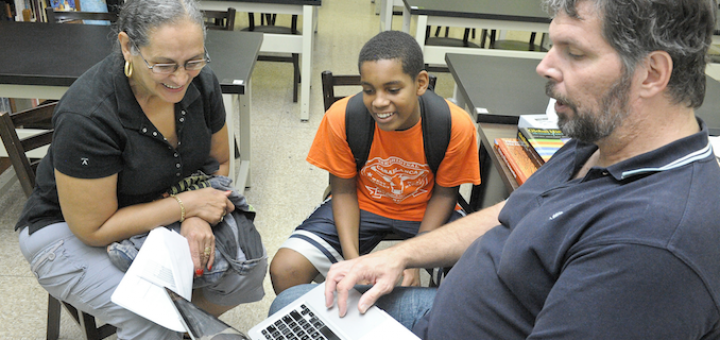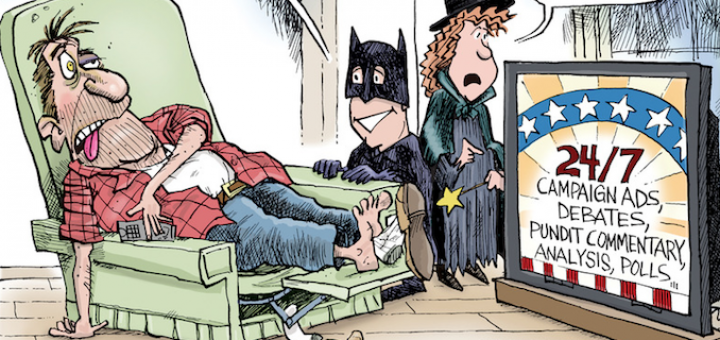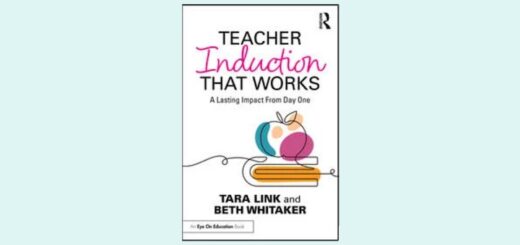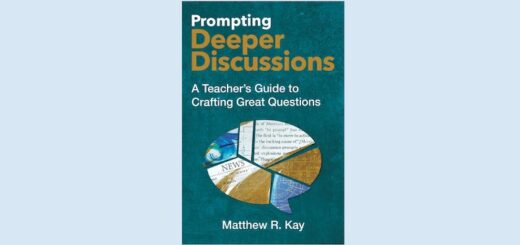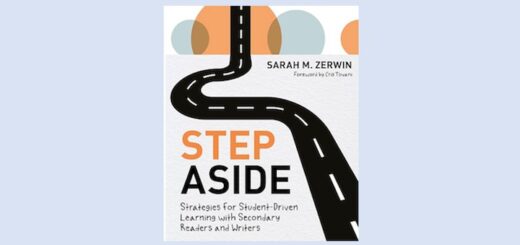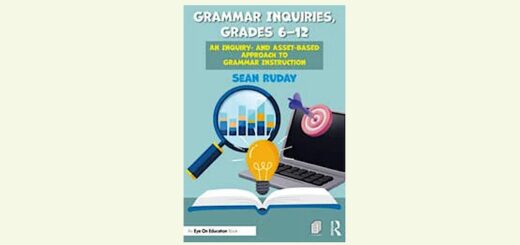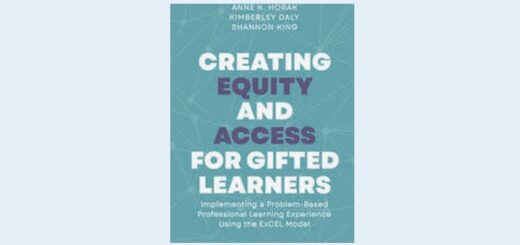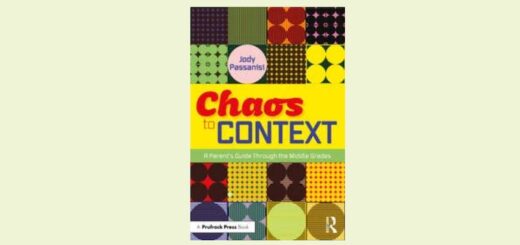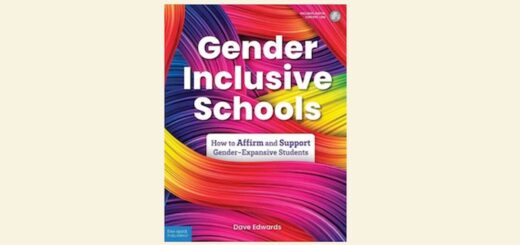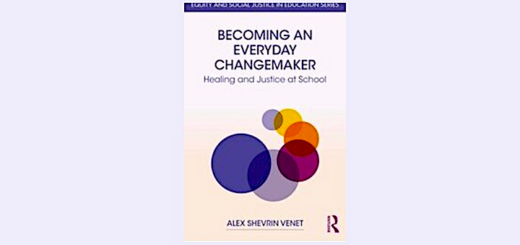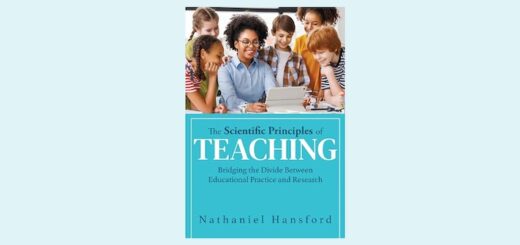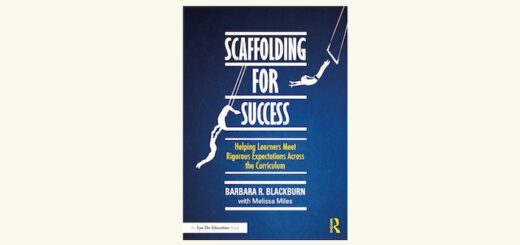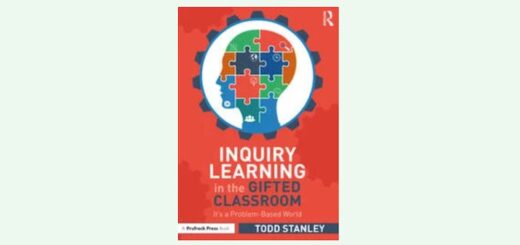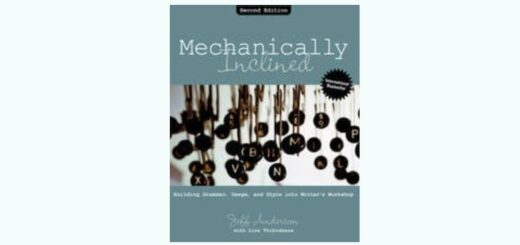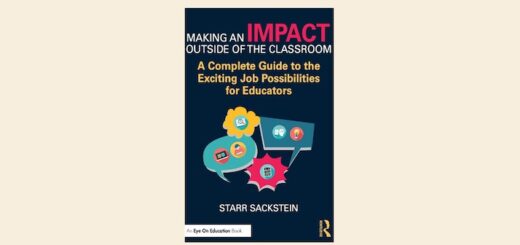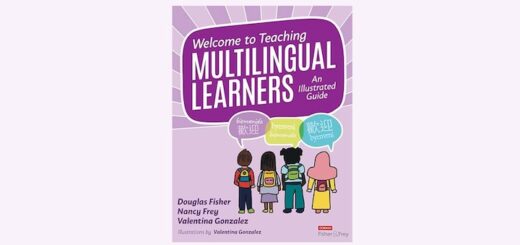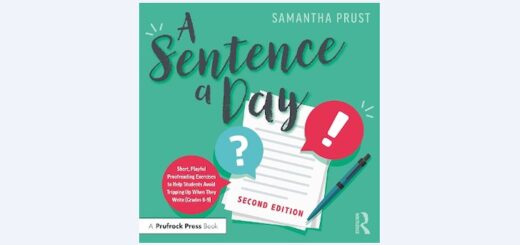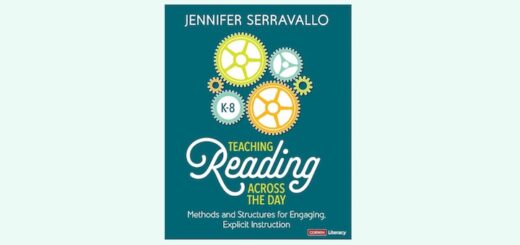Teaching and learning in grades 4-8
Principal Matt Renwick says our definition of data has to broaden substantially if we expect to paint a complete picture of student learning. Renwick describes how two middle grades teachers are using technology to help meet the qualitative assessment challenge.
Want to improve relationships between families and school? Teachers benefit when learning is reinforced and supported from home. Consultant Barbara Blackburn has tips on how to PAIR with parents and avoid school-side mistakes that weaken engagement.
Disadvantaged students and minorities face battles on many fronts. Access to STEM education should not be one of them. Anne Jolly describes the problem, the students’ proven potential, and what she believes is needed to create equitable access.
Teachers in every subject and type of classroom can tailor Common Core instruction to individual student needs using the Universal Design for Learning strategies, says instructional coach Elizabeth Stein, who provides a wealth of helpful resources.
Despite its title, “Independent Reading in the Age of the Common Core” has a narrow focus – a note-taking strategy to strengthen independent reading instruction. Reviewer Tyler McBride plans to implement several of the teacher-authors’ 25 mini-lessons.
In “Grammar Matters,” Lynne Dorfman and Diane Dougherty make the case for embedding grammar in Writing Workshop and across the curriculum. Our reviewer recommends this hands-on exploration of mentor texts and engaging instruction and its many useful resources.
Reading comprehension is a primary goal in Aaron Brock’s middle school history classroom. Building on last year’s annotation experiments, Brock has adapted the familiar 5 W’s strategy to help students pay closer attention to the meaning behind the words. It’s working.
With Common Core discussions as a sturdy frame, Heather Wolpert-Gawron provides solid commentary about how writing and literacy relate to all curriculum areas, says reviewer Kathleen Pham. Central to the sample lessons: project based learning.
Whitewater rafting with 6th graders puts plenty of excitement into Experiential Learning. Just back from the river, Kevin Hodgson describes sharing the 10-mile stretch of “instructional space” with 75 kids. A must-read for anyone planning such a trip!
If politicians have a “license to lie” in campaign advertising, how are our students going to know who and what to believe? Critical thinking skills are paramount, says media literacy consultant Frank Baker, who shares insights and resources tied to Common Core and social studies standards.


